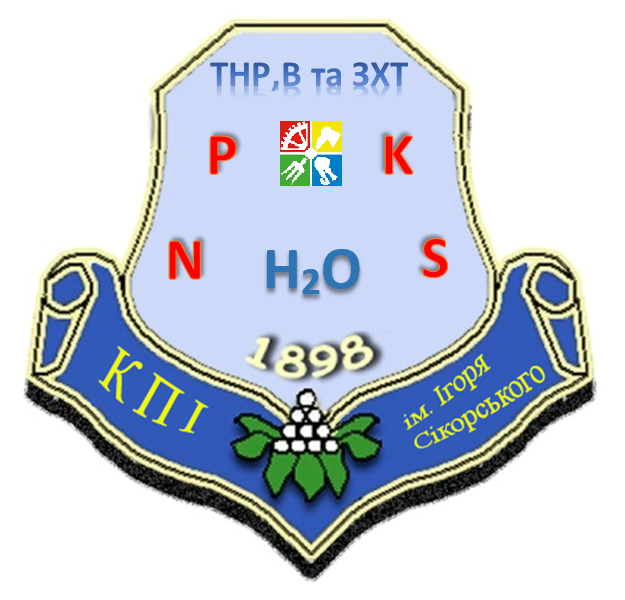The mechanism of decomposition of serpentines from peridotites on heating
Serpentines from peridotites of San Jose and
New Idria (California, USA) were previously heat treated
ranging from 400 to 1,260 ?C, and then leached by using
an original approach for acid processing of dehydrated
serpentines. This approach is capable of releasing from
the dehydrated serpentines ortho-[SiO4]4-, di-[Si2O7]6-,
and other silicate anions, and moving them into solution
in the form of soluble silicic acids. The discovery of these
anions has led to the idea of the existence of differences
in electronic configuration of Si–O bonds in siloxane
bridges and different amount and allocation of ortho-
[SiO4]4-and meta- [(SiO3)2-]nsilicate anions in serpen-
tines silicate layers thus providing a new deeper insight
into the mechanism of the temperature-induced decom-
position of the serpentine silicate structure. It should be
emphasized that in spite of a great number of studies
devoted to the temperature-induced dehydroxylation and
recrystallization processes of serpentine minerals, the
mechanism of serpentine decomposition is still poorly
understood because no one has studied particularities of
the structural organization of silicate layers in serpentines.
The effect of thermal treatment at different temperatures
ranging from 400 to 1,260 ?C for 2 h on the above
mentioned serpentinite samples was characterized by
thermal analysis, X-ray diffraction, and chemical analysis.
The observed evidence made possible a comprehensive
modeling of the relevant dehydroxylation, high-tempera-
ture crystallization, and recrystallization reactions. Com-
plemented by chemical analysis data, the results obtained
allows understanding the basic principles of the serpentine
decomposition and crystallization processes, which govern
the formation of stable high-temperature products like
forsterite, enstatite, and protoenstatite, as well as the
formation of different amount of silicic acids in solution
via the new approach. These studies are of great interest
and value to the pure and applied material sciences con-
nected with serpentinites.
Keywords
Serpentine ? Dehydroxylation ?
Decomposition ? Si–O(Si) bonds ? Silicate anions
 4.pdf
—
PDF document,
678 KB (695201 bytes)
4.pdf
—
PDF document,
678 KB (695201 bytes)
